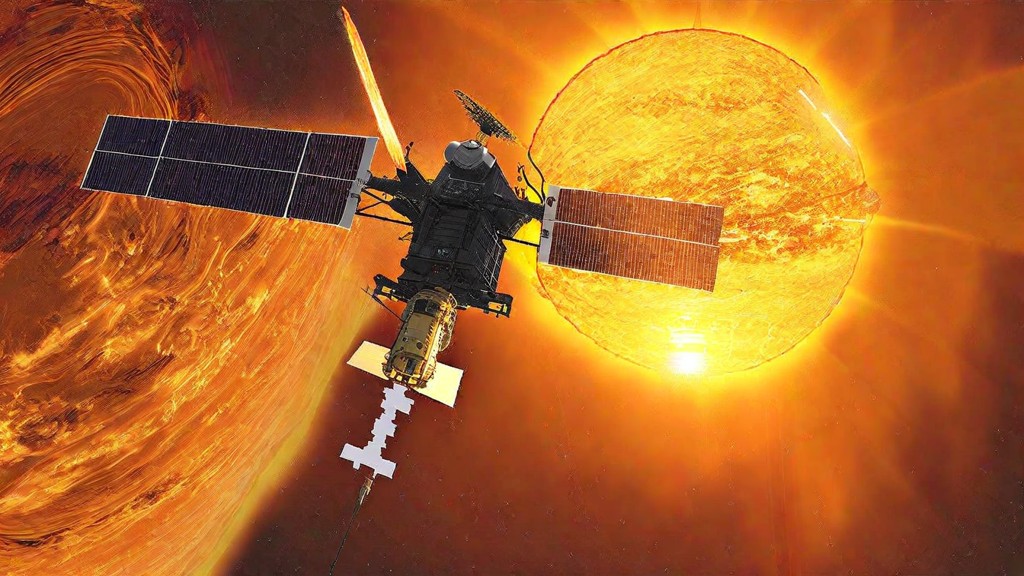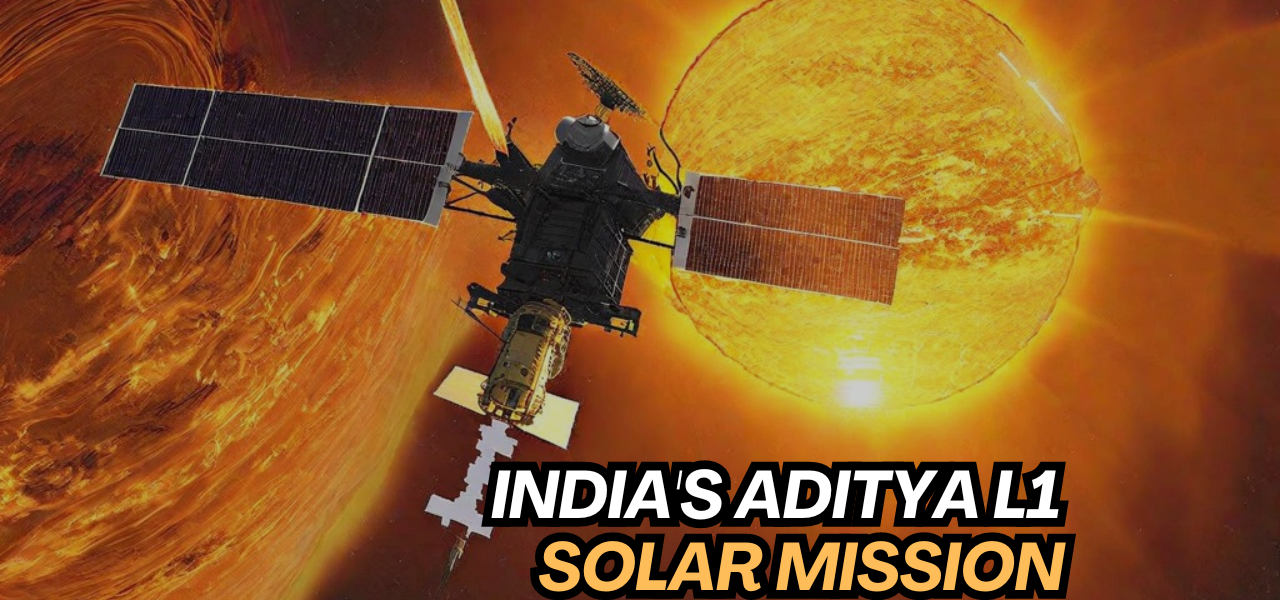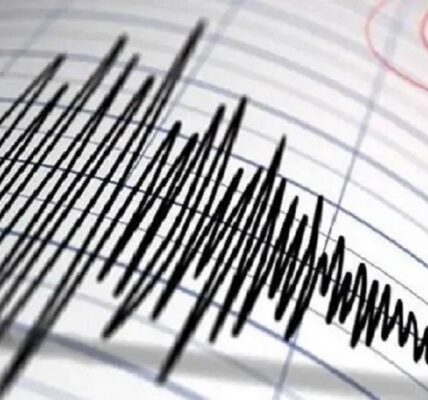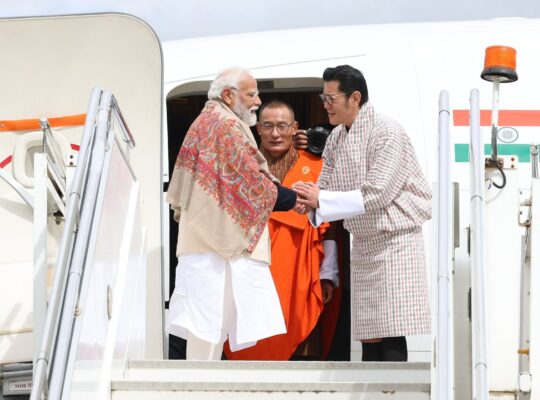Aditya L1 :
India has achieved another significant milestone in the space sector today. Following the success of Chandrayaan-3, India’s first solar mission, ‘Aditya L1,’ has successfully reached its destination at around 4 PM today. The Indian Space Research Organisation (ISRO) has commanded it to the Halo Orbit around the L1 point, approximately 1.5 million kilometers away from Earth in the Sun-Earth system’s Lagrange Point 1 (L1) around a solar-gravitational balance.

This journey of 1.5 million kilometers towards the Sun, which began on September 2nd from Sriharikota, Andhra Pradesh, has now reached its destination.
Prime Minister Narendra Modi congratulated the nation for this significant achievement. PM Modi posted on the social media platform ‘X,’ saying, ‘India has achieved another feat. India’s first solar observatory, Aditya-L1, has reached its destination. This is a testament to the tireless dedication of our scientists in accomplishing the most complex and challenging space missions. We will continue to push the boundaries of science for the benefit of humanity.’
Meanwhile, Union Minister of Science and Technology Jitendra Singh remarked, ‘This year has been spectacular for India. Under PM Modi’s visionary leadership, another success story has been written by the ISRO team. Aditya L1 has reached its final orbit in its quest to explore the mysteries of the Sun-Earth connection.’
On entering the Halo Orbit of ISRO’s solar mission Aditya-L1, ISRO Chief S. Somnath expressed, ‘This is very satisfying for us as it marks the end of a long journey. From lift-off to now, it has been 126 days since it reached the final point. So, reaching the final point is always an anxious moment, but we were very confident about it. So, as anticipated, it happened just as expected.’
What’s the Purpose of This Study?
The Sun is like the nearest star to our Earth, radiating an immense amount of energy. Solar flares also keep happening. If these flares point towards the Earth, spacecraft, satellites, and communication systems can be disrupted. Aditya L1, during such solar events, will provide information in real-time, helping minimize potential damages.

Why is Aditya L1 Important, and What’s its Halo Orbit?
Aditya L1, or Lagrange Point-1, is one of those five positions where the gravitational forces between the Sun and Earth balance each other out. Among these positions, L1 is the most stable. Aditya has reached this L1 point. Now, it just needs to be placed in the Halo Orbit, a kind of orbit where satellites and spacecraft can work steadily. If not placed in this orbit, it would keep traveling towards the Sun and eventually get lost. From the Halo Orbit, Aditya can study the Sun from various angles, without any eclipse interruptions, as it orbits around L1 just like the Earth orbits the Sun.
What Will Aditya L1 Do in its Mission?
Until now, ISRO studied the Sun from telescopes on Earth, but it couldn’t reveal the deep details of the solar environment. Why is the outer layer, the corona, so hot? What is its temperature? Aditya’s instruments will shed light on this.
– VELC (Coronagraph): This telescope will keep a constant watch on the Sun’s corona and send 1,440 images every day.
– SUIT (Solar Ultraviolet Imaging Telescope): It will capture images of the Sun’s photosphere and chromosphere.
– SoLEXS and HEL1OS: These will study the Sun’s X-rays.
– ASPEX and Plasma Analyzer (PAPA): They will study solar winds and explain their energy.
– Magnetometer: It will measure the magnetic field around the L1 point.
Aditya’s mission is to enlighten us about the Sun’s secrets and mysteries, and these tools are its eyes and ears in the vast cosmic theater.
Also Read: Gautam Adani Overtakes Mukesh Ambani As India’s Richest Man Adani Group’s Record-Breaking Success











1 COMMENTS